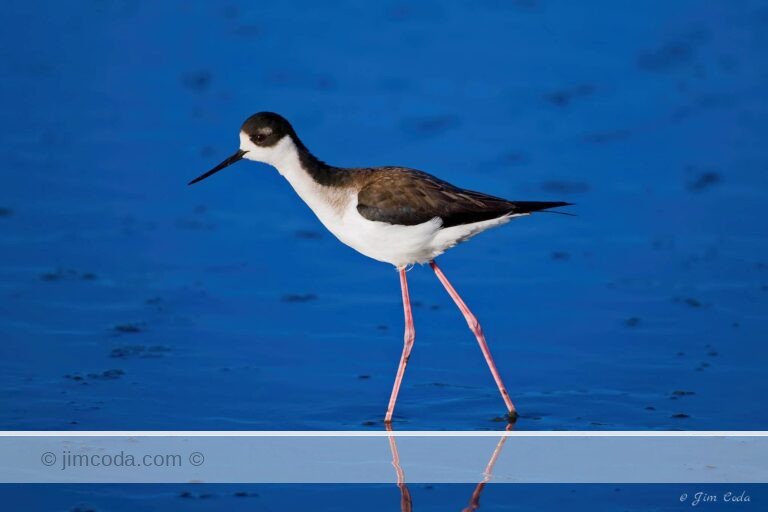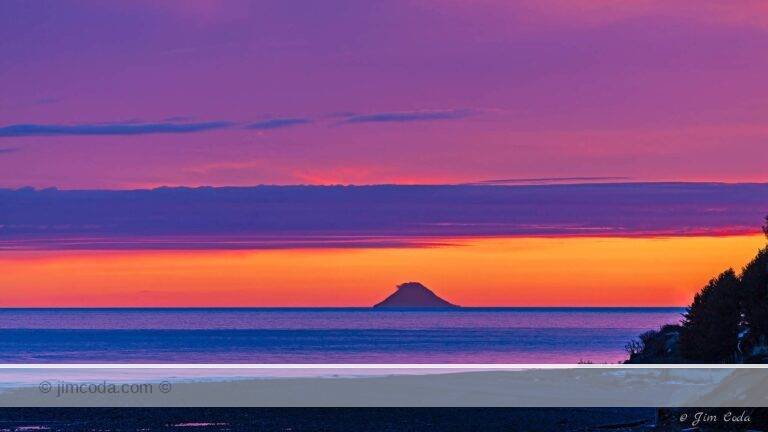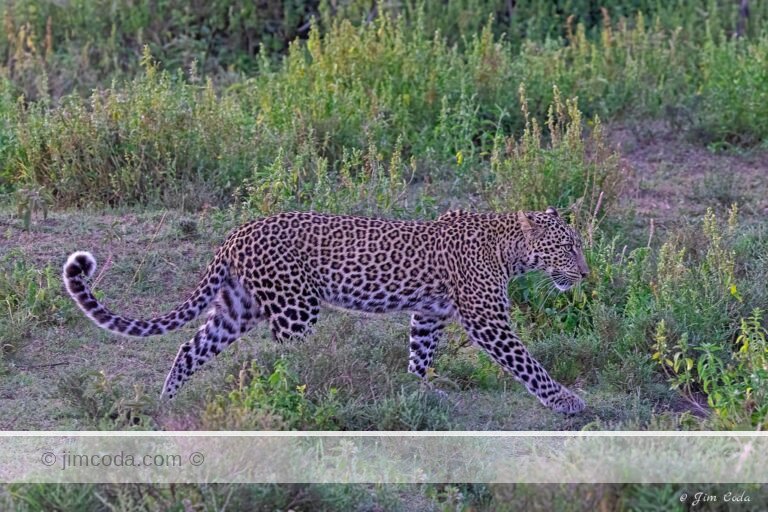Tag: wildlife
What are YOU looking at?
This male northern harrier looks like he’s getting fed up with something...
Bison Calf, Yellowstone National Park
This bison calf looks like it is smiling as it runs off some pent-up...
Tule elk with antlers in velvet, Point Reyes National Seashore
There are three things in the photo above...
Bobcat, Point Reyes National Seashore
One thing I like about photographing during the winter at Point...
Thar She Blows!
I took this photo in March of 2009 when I was driving back to Anchorage from Homer where...
Coyote, Point Reyes National Seashore
This coyote was photographed hunting gophers on ranch land in Point...
Coyote, Point Reyes National Seashore
I photographed this coyote at sunset. For landscape photography,...
No articles found
Prints for sale
Browse my selection of photos for sale as fine art prints
Filter by category
Sorry, no prints in this category









